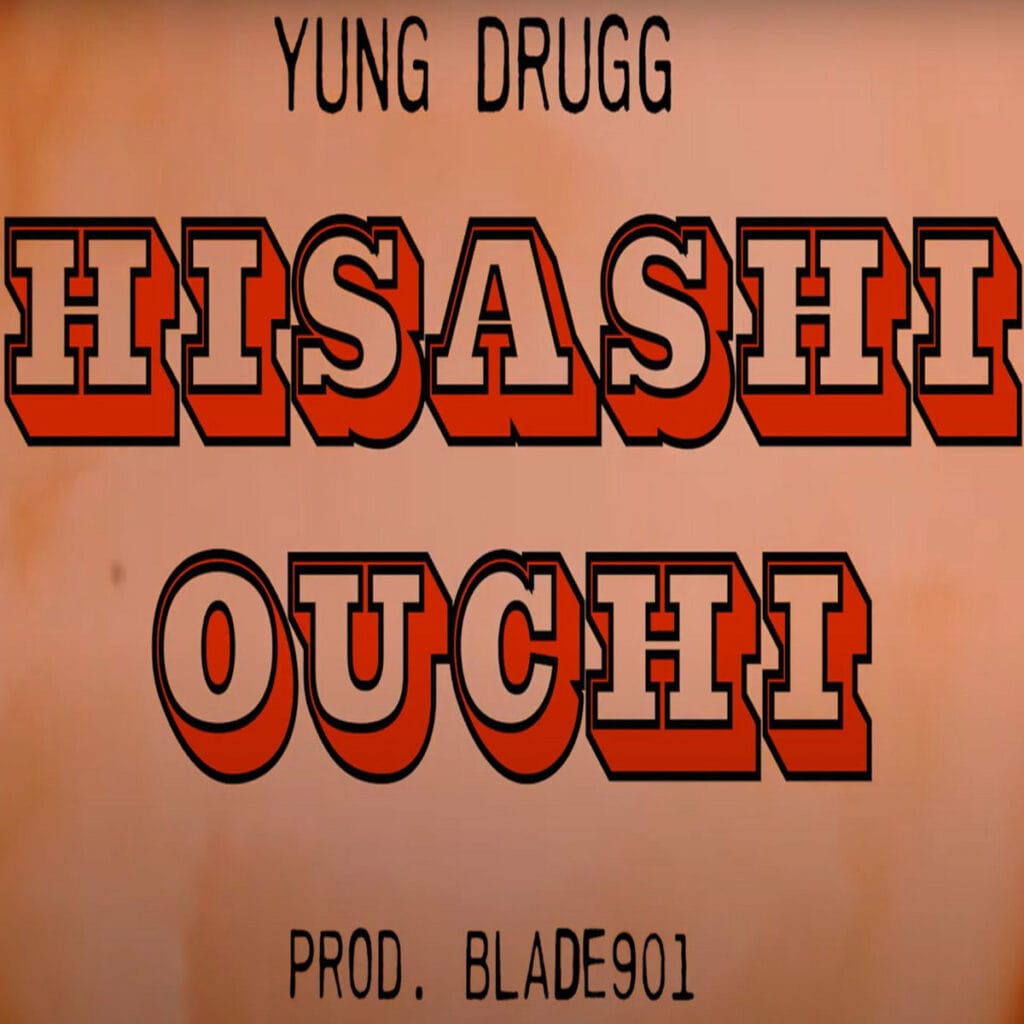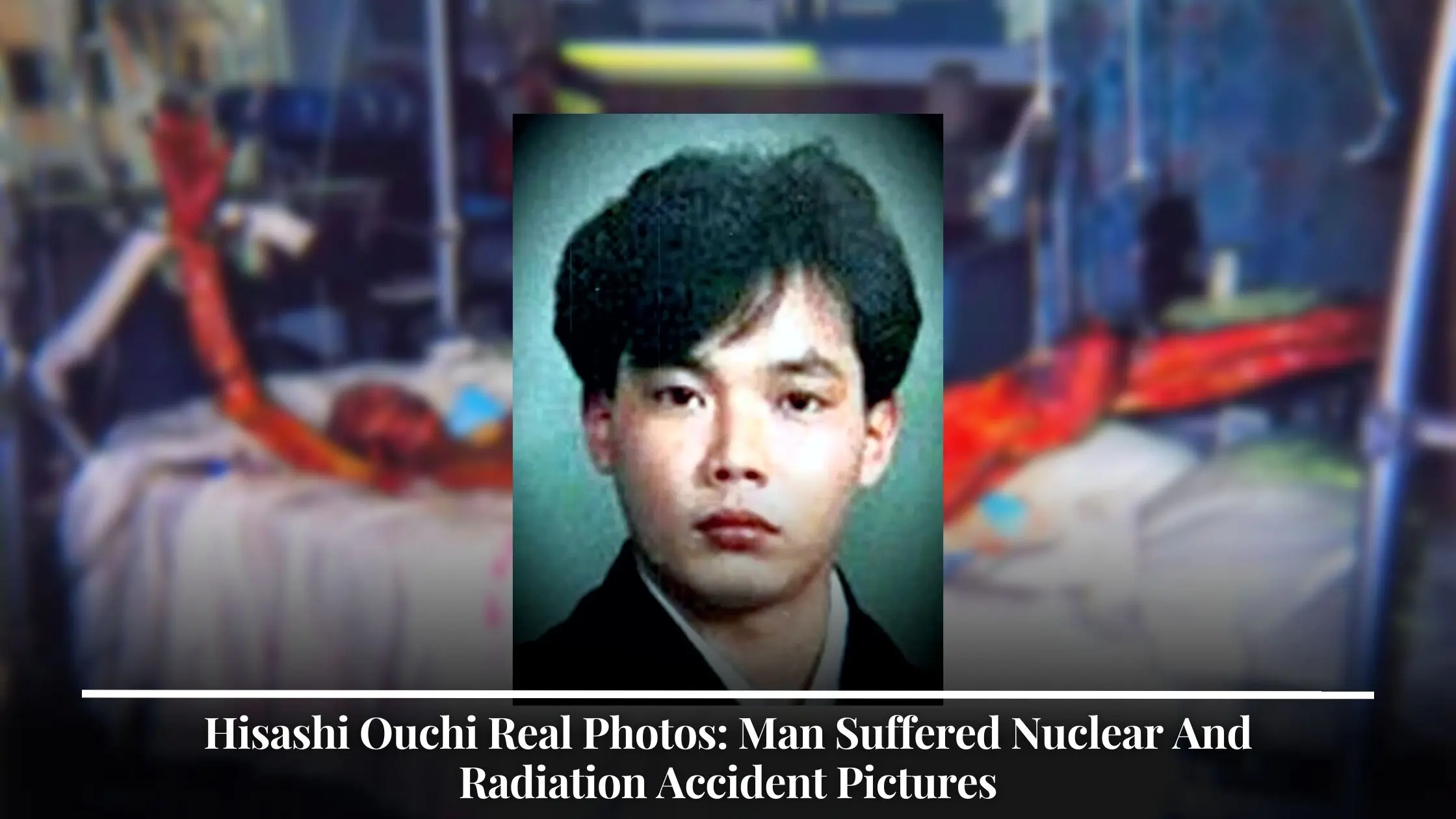Hisashi Ouchi’s real photos offer a rare and deeply unsettling glimpse into the extreme consequences of radiation exposure. These images, captured during his time at the University of Tokyo Hospital, are not just medical records—they’ve become a symbol of the human cost of industrial accidents. Hisashi, a Japanese nuclear worker, suffered the most severe radiation exposure ever documented in human history. His condition was so extreme that even the medical team treating him struggled to manage the fallout. Over time, these hospital photos have circulated widely online, sparking both curiosity and controversy.
For many, the search for Hisashi Ouchi real photos stems from a desire to understand the physical toll of radiation poisoning. These images are often used in educational and medical settings to illustrate the terrifying effects of high-dose radiation on the human body. Yet, they also raise ethical concerns about privacy, consent, and the sharing of such graphic content in public spaces.
Whether you're a student, a researcher, or simply someone interested in nuclear safety, the story of Hisashi Ouchi is both tragic and instructive. In this article, we’ll walk through the events leading to his exposure, the medical efforts to treat him, and the ongoing debate around the circulation of his real photos. We’ll also explore the impact of these images and the broader implications for public health and workplace safety.
Table of Contents
- Who Is Hisashi Ouchi?
- The JCO Criticality Accident
- Hospital Treatment and Medical Effects
- Hisashi Ouchi Real Photos: Ethical Dilemma
- Why Are These Images Important?
- Frequently Asked Questions
Who Is Hisashi Ouchi?
Hisashi Ouchi was a 35-year-old technician working at the JCO nuclear fuel processing plant in Tokaimura, Japan. He was one of three workers involved in a criticality accident on September 30, 1999. His exposure to radiation was so intense that he became a tragic case study in the dangers of nuclear accidents. Despite the best efforts of doctors, Hisashi passed away after 83 days of intense suffering.
| Full Name | Hisashi Ouchi |
|---|---|
| Date of Birth | January 1963 |
| Date of Death | December 21, 1999 |
| Occupation | Nuclear Fuel Processing Technician |
| Place of Incident | JCO Tokaimura Plant, Japan |
The JCO Criticality Accident
On the morning of September 30, 1999, Hisashi Ouchi and two colleagues were preparing a solution of enriched uranium at the JCO plant. They were following an unauthorized procedure that involved pouring the uranium mixture into a precipitation tank by hand. This mistake caused a nuclear chain reaction, releasing a massive dose of radiation into the air.
Hisashi was the closest to the tank when the accident happened, so he received the highest radiation dose—approximately 17 sieverts. To put that into perspective, a dose of just 4–5 sieverts is usually fatal. The radiation damaged his cells so severely that his body began to fall apart from the inside out.
Hospital Treatment and Medical Effects
After the accident, Hisashi was rushed to the University of Tokyo Hospital, where doctors began aggressive treatment. He was placed in isolation due to his condition, and his skin began peeling off. His white blood cell count dropped dangerously low, making him vulnerable to infections. Over the next few weeks, his internal organs began to fail, and he endured multiple blood transfusions and skin grafts.
Despite these efforts, his body couldn't recover. Hisashi Ouchi passed away on December 21, 1999, after a long and painful battle. His case is often cited in medical literature as one of the most extreme examples of acute radiation syndrome.
Hisashi Ouchi Real Photos: Ethical Dilemma
The real photos of Hisashi Ouchi taken during his hospitalization have been widely shared online. These images show the progressive deterioration of his body and the severity of his injuries. While they serve as powerful educational tools, they also raise serious questions about consent, privacy, and the ethics of sharing such graphic content.
Some argue that these photos are necessary for medical and scientific understanding, helping professionals recognize the signs of radiation poisoning. Others believe that sharing these images without consent violates Hisashi’s dignity and exploits his suffering for public curiosity.
Why These Images Spark Controversy
- Lack of consent: Hisashi was unable to give permission for the photos to be shared.
- Public exposure: The images are easily accessible online, making them a point of concern for ethical sharing.
- Educational use: Medical institutions use these photos to teach about radiation effects, but the line between education and exploitation is thin.
Why Are These Images Important?
For medical professionals, Hisashi Ouchi’s real photos provide a rare opportunity to study the effects of extreme radiation exposure. They help doctors understand how the body reacts to such trauma and what treatments might be effective. For the general public, these images serve as a sobering reminder of the dangers of nuclear energy when not handled responsibly.
Still, it's important to approach these images with sensitivity and respect. While they offer valuable insights, they also represent the pain and suffering of a real person who went through an unimaginable ordeal. You can learn more about radiation safety and its impact on the human body here.
Frequently Asked Questions
1. Why are Hisashi Ouchi’s real photos still available online?
These photos continue to circulate due to their use in educational and medical contexts. However, their presence online raises ethical concerns about consent and the sharing of sensitive content.
2. Was Hisashi Ouchi the most irradiated person in history?
Yes, Hisashi Ouchi is considered the most irradiated person in recorded history. He received a dose of approximately 17 sieverts, far exceeding the lethal threshold of 4–5 sieverts.
3. What happened to the other workers involved in the accident?
Two other workers, Masato Shinohara and Yutaka Yokokawa, were also exposed to high levels of radiation. Masato Shinohara passed away after 221 days, while Yutaka Yokokawa survived but suffered serious long-term health effects.
If you're interested in understanding more about the medical effects of radiation, you can learn more about radiation poisoning and its symptoms on our site.



Detail Author:
- Name : Lorna Zemlak
- Username : ifarrell
- Email : tmcclure@hotmail.com
- Birthdate : 2001-12-02
- Address : 365 Dach Burgs North Bartholometon, FL 73226
- Phone : (445) 746-3829
- Company : Koch, Boyer and Watsica
- Job : Title Searcher
- Bio : Sed autem laudantium itaque impedit. Aliquam amet porro quo voluptatibus libero ratione omnis. Consequuntur non libero recusandae ut ut necessitatibus magnam.
Socials
tiktok:
- url : https://tiktok.com/@yvonne.schneider
- username : yvonne.schneider
- bio : Voluptatem quaerat et voluptates unde laudantium quo.
- followers : 6075
- following : 2008
instagram:
- url : https://instagram.com/yvonne_real
- username : yvonne_real
- bio : Quo sint sed distinctio qui animi ut pariatur. Ut reprehenderit occaecati dolore quis dolore.
- followers : 6149
- following : 1541
linkedin:
- url : https://linkedin.com/in/yschneider
- username : yschneider
- bio : Omnis eligendi omnis rem incidunt.
- followers : 2724
- following : 1939

